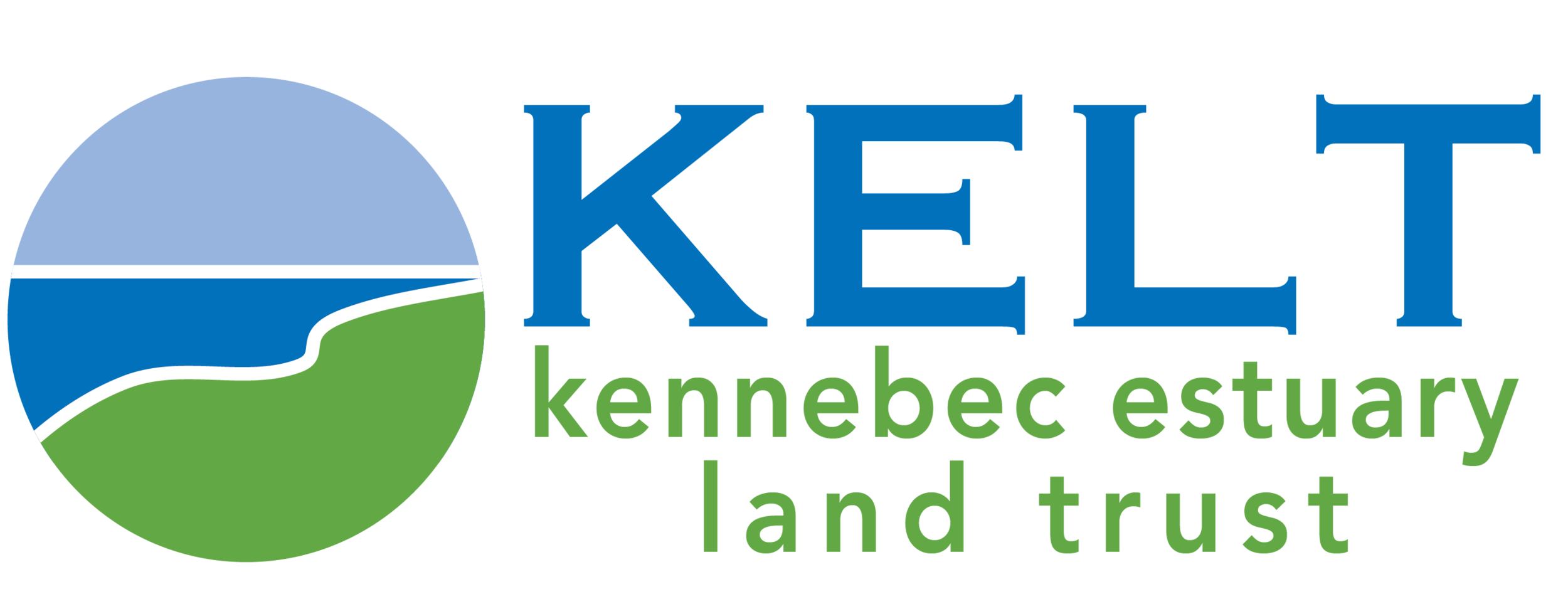Our Vision
“To facilitate restoration and resilience efforts in the estuary that increase the ability of people, organisms, and ecosystems to prepare for, withstand, respond, adapt, and transform in the face of climate change, disasters, and other hazards.”
Maine has 3,500 miles of coastline, more than any other state. It also has 5 million acres of wetlands, making up 25% of all the land. Our coastal watershed includes 32,000 miles of flowing water - with diverse habitats such as headwaters, estuaries, rivers, streams, salt marshes, and the open ocean. The Kennebec Estuary contains more than 20% of Maine’s tidal marshes.
Restoration includes:
Site visits and date collection.
Water level monitoring.
Animal and vegetation surveys.
Spatial mapping and design.
Ditch remediation on compromised salt marshes.
Culvert replacement.
Improved fish passage.
Dam removal.
Marine debris removal.
Seed collection and planting.
Community outreach and collaboration.
Why is Restoration Important?
“Ecological restoration is the process of assisting the recovery of an ecosystem that has been degraded, damaged, or destroyed. ”
At the heart of our restoration program is connection. Connecting species to their habitats, connecting ecosystems to one another, connecting humans to each other and resources.
Habitat Restoration Supports
Fish Passage Restoration & Stream Connectivity
Agricultural Remediation
Tidal Crossing Restoration
“Tidal crossings increase vulnerabilities by depriving marshes of sediment, reducing salinity, increasing flooding of vegetation, and limiting fish passage. Tidal crossings are often also sites of road flooding vulnerability.”
As people developed the coast of Maine over the past few hundred years, many roads, dams and causeways were built across the surface of Maine’s marshes and waterways. The splintering of these ecologically-rich habitats impacted not only plants and animals but also people. KELT participates in restoration projects because it is in our mission: restoring lands and waters that benefit people and wildlife in the estuary region. Removing unnecessary causeways or installing culverts and bridges to allow for free movement of inland and tidal waters (along with animals) aides in restoring a fractured habitat. It allows this habitat to serve our built and natural communities today and in the future.















